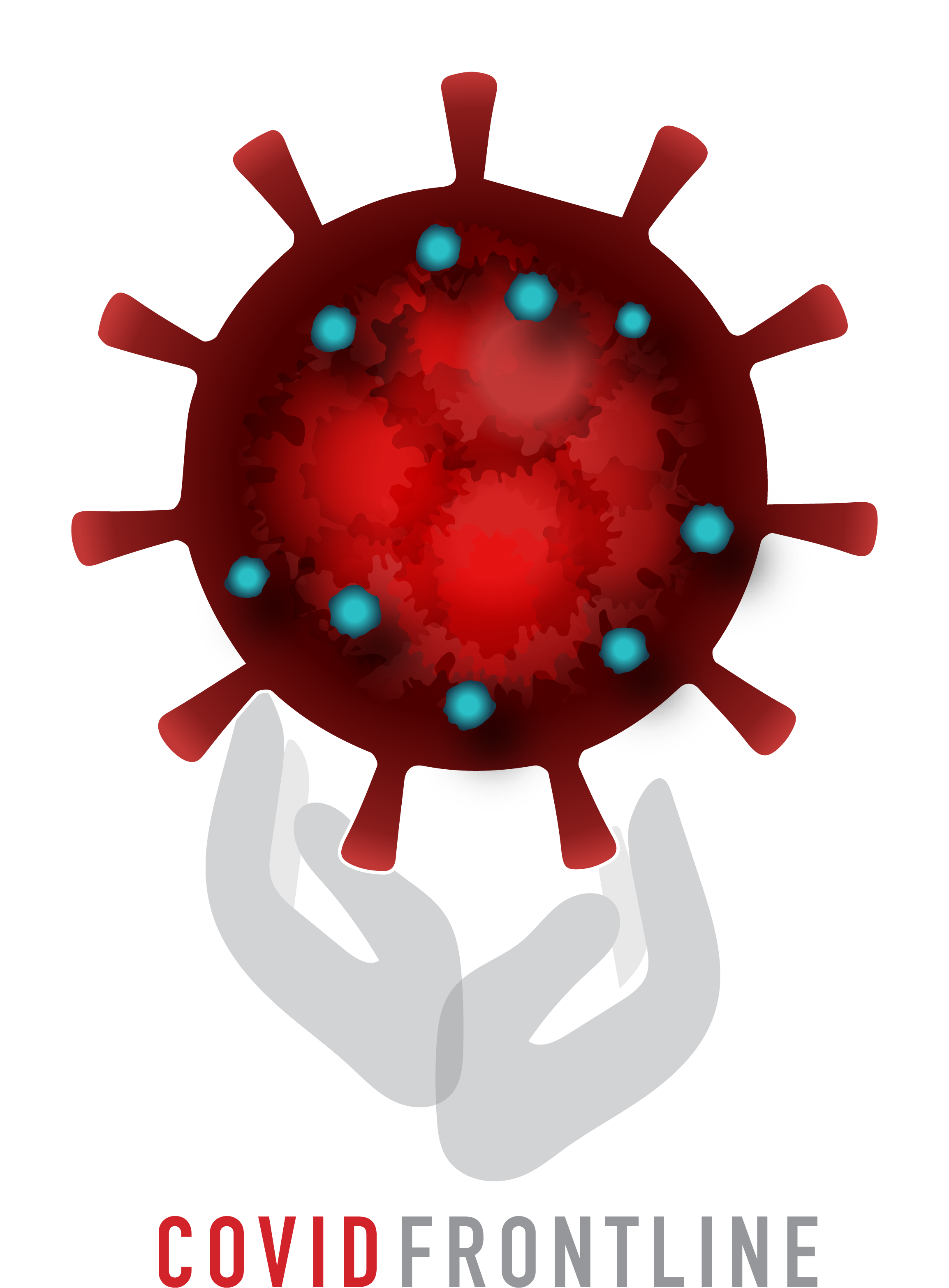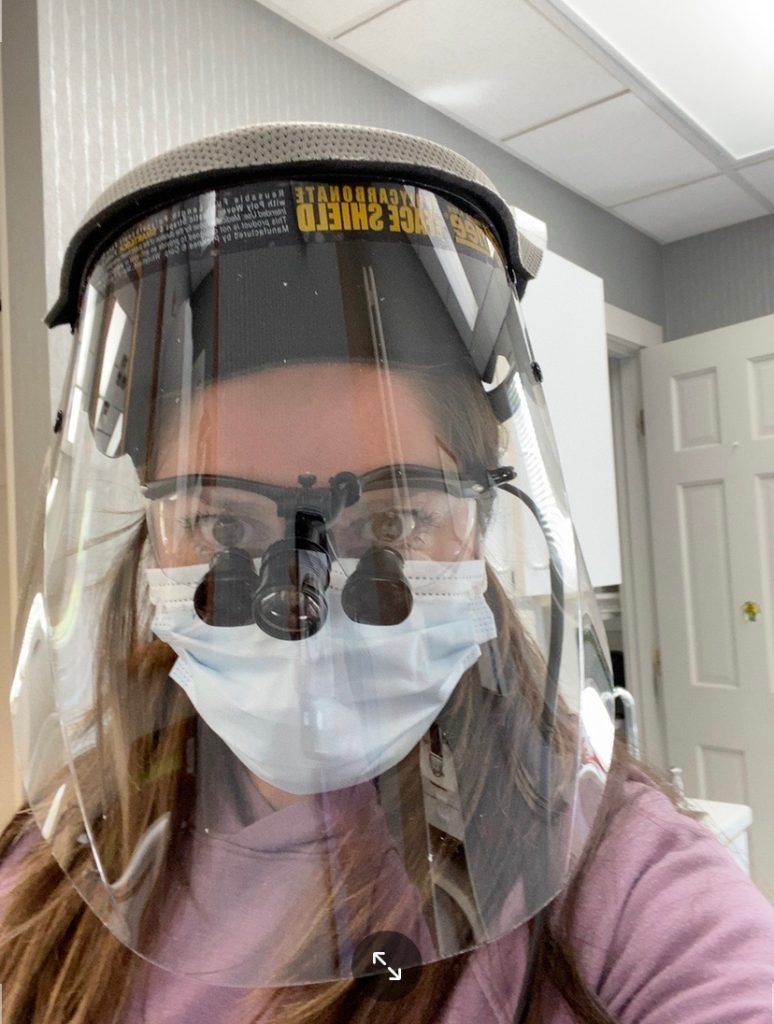Clinical Toolkit
-
The most common signs and symptoms of COVID-19 are fever, cough, and shortness of breath. Less common symptoms include nausea, muscle ache, confusion, headache, and sore throat.
-
Pre-existing comorbid conditions that increase the likelihood of severe illness with COVID-19 include cardiovascular disease, diabetes, chronic respiratory disease, hypertension, cancer, and obesity.
-
It is estimated that roughly 15% of people infected with the new coronavirus will develop severe disease requiring hospitalization, and another 5% will become critically ill.

 Go 6th slide
Go 6th slide
Clinical Care Toolkit Introduction
COVID-19 has created unprecedented challenges for the health care community worldwide. Recently, the emergence of novel therapeutic agents and vaccines against COVID-19 has significantly improved patient outcomes and reduced the number of individuals infected with SARS-CoV-2. In order to best serve patients, clinicians require up-to-date resources on current COVID-19 prevention practices and how to utilize new therapies, as well as the latest on changes to treatment recommendations. This Clinical Care COVID-19 Toolkit aims to provide health care providers with the most recent COVID-19 prevention and management information, including information on monoclonal antibodies, vaccines, and other agents for the treatment and prevention of COVID-19.
Click on the links below to begin exploring the COVID FRONTLINE initiative.
References
- Centers for Disease Control and Prevention (CDC). Learn About Age-Related Macular Degeneration. https://www.cdc.gov/features/healthyvisionmonth/index.html. Accessed March 6, 2020.
- Mitchell P, Liew G, Gopinath B, Wong TY. Age-related macular degeneration. Lancet. 2018;392(10153):1147-1159.
- American Macular Degeneration Foundation [AMDF website]. Wet Macular Degeneration. https://www.macular.org/wet-amd. Accessed March 6, 2020.
- Fine AM. Earliest symptoms caused by neovascular membranes in the macular. Arch Ophthal. 1986;104:513-514.
- National Institutes of Health (NIH)/National Eye Institute (NEI). AMD Data and Statistics. https://www.nei.nih.gov/learn-about-eye-health/resources-for-health-educators/eye-health-data-and-statistics/age-related-macular-degeneration-amd-data-and-statistics. Accessed April 1, 2020.









